
Editor's Note: This story originally appeared on The Penny Hoarder.
If you’re looking for a way to trim the fat from your budget, it’s time to take a closer look at your grocery spending.
Food is a necessity, of course, but chances are you’re spending more than you need to be.
And while there are dozens of ways to save money on groceries, today we’re singling out the fruits and veggies.
How Much Should You Spend on Fresh Produce?
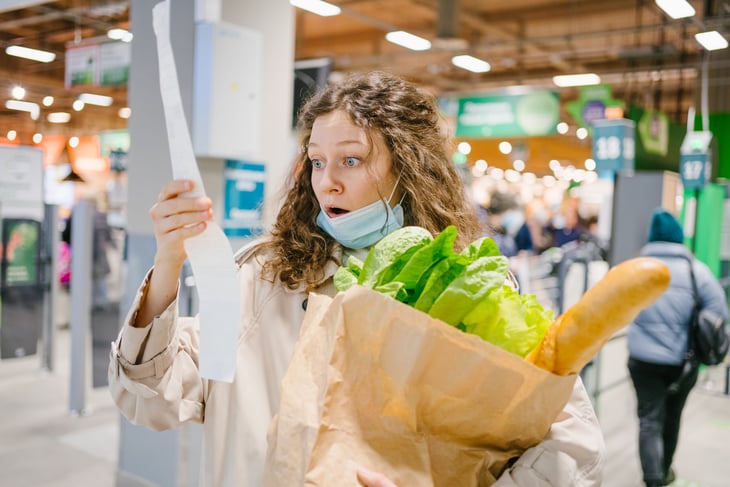
To satisfy recommended servings of fresh fruits and vegetables, the U.S. Department of Agriculture estimates the average U.S. household should spend 40% of its grocery budget on fresh produce.
Because food inflation has risen dramatically in the last year, up as much as 10%-20% in some categories, families are stretching that grocery dollar much further.
From shopping multiple grocery stores to cutting back on packaged produce, everyone is looking for ways to save on what goes in their cart.
We’ve rounded strategies for how to save money on produce — from the best places to find cheap fruits and vegetables to how to extend their lifespan once they’re in your kitchen.
Here’s to getting all your daily servings of fruit and veggies without blowing the budget.
15 Ways to Save Money on Produce

- Shop at a farmers market.
- Join a CSA (Community Supported Agriculture).
- Buy from ethnic grocers.
- Shop at discount grocery stores.
- Use the Upside app.
- Buy produce at bulk warehouses.
- Start a backyard or community garden.
- Choose local produce in season.
- Pick ripe produce.
- Embrace “ugly” produce.
- Buy frozen produce.
- Store fruits and vegetables properly
- Eat the parts others toss.
- Find recipes for overripe fresh produce.
- Preserve extra fruits and veggies.
1. Shop at a Farmers Market
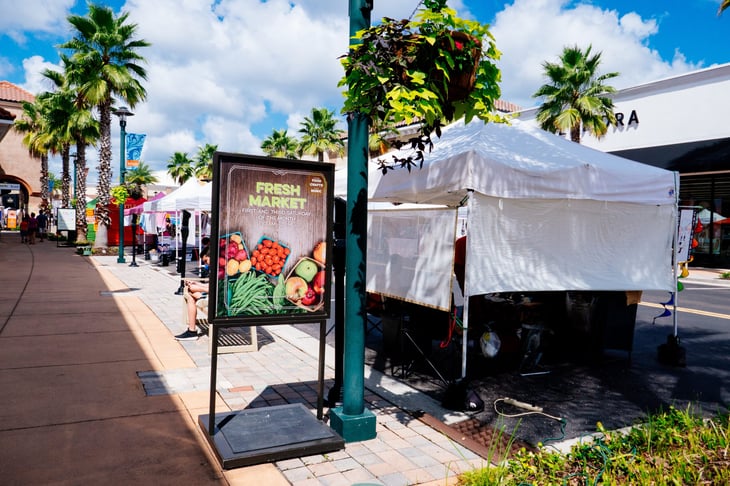
The first step to saving money on produce is all about where you shop. Spare yourself the built-in costs of grocery store overhead by going directly to local growers.
Check out farmers markets in your area for fresh fruits and vegetables from a variety of vendors.
2. Join a CSA (Community Supported Agriculture)

If you’re OK with receiving a random selection of produce, join a Community Supported Agriculture program, or CSA.
CSA members enjoy shares of what’s harvested from a specific local farm.
You’ll generally pay for the entire season upfront and pick up your share on a weekly or biweekly basis. Local Harvest is a website that can help you find a CSA near you.
3. Buy From Ethnic Grocers
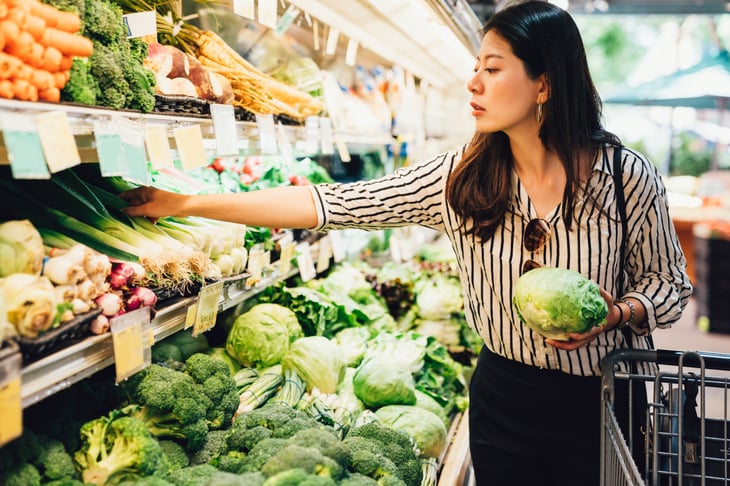
If the first two options aren’t available in your area or you prefer to shop at a store where you can also pick up toilet paper and milk, consider an ethnic grocery store, where you’ll often pay less for fruits and vegetables.
A great example of this is ginger root. You’ll normally pay significantly lower prices per pound to buy ginger in bulk from an ethnic store than regular grocery stores.
4. Shop at Discount Grocery Stores
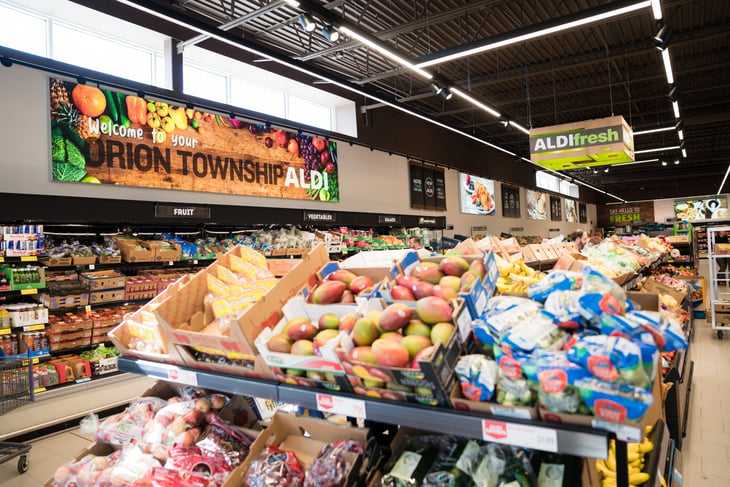
Aldi is a great example of a discount grocer where you’ll save money on time-saving essentials like packaged produce.
There are also local stores where you can pick up shelf-stable produce in dented cans for cheap.
5. Use the Upside App

A free app called Upside can help you save money every time you dine out or buy groceries.
They keep it simple: Spend money at a participating grocery store or restaurant and earn an average of 13% cash back on groceries or 17% back at restaurants. Oh, and that’s real cash, not points.
Here’s how it works: Download the Upside app and create a free account. Scan in your receipt, and Upside will tally up your cash-back earnings.
6. Buy Produce at Bulk Warehouses
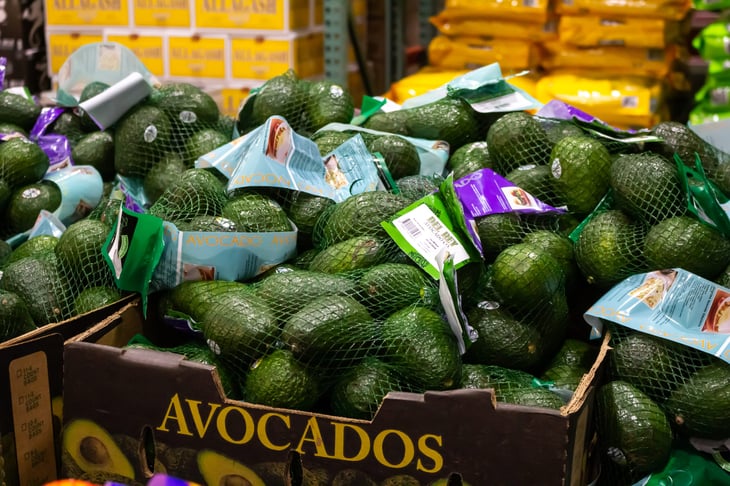
There are some pretty great deals on organic produce at warehouses like Costco and Sam’s Club, especially if you’re buying for a crowd.
However, if eating a 20-pound bag of potatoes before they spoil isn’t your thing, lean into buying bulk frozen fruits and vegetables like that 4-pound bag of frozen broccoli stalks.
7. Start a Backyard or Community Garden
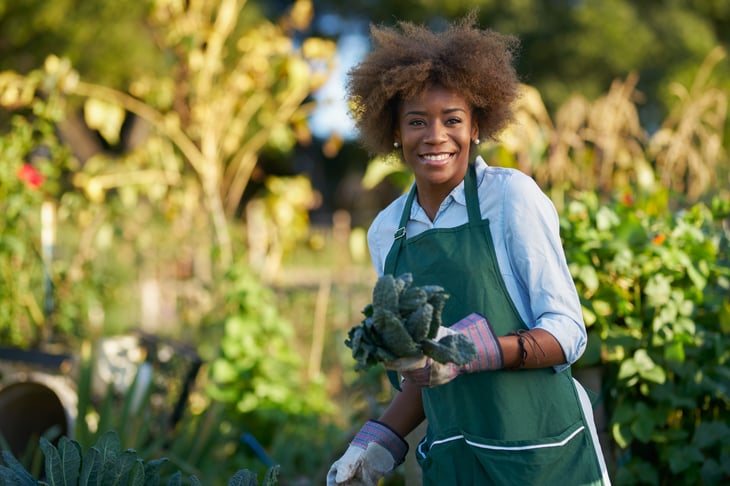
Of course, you could always opt to grow instead of buy. Start a garden cheaply and consider regrowing produce from cuttings of veggies and herbs you already have.
Of course, not all produce is worth growing at home because of how cheaply you can find them in stores. Read up on the most cost-effective produce to plant.
8. Choose Local Produce in Season
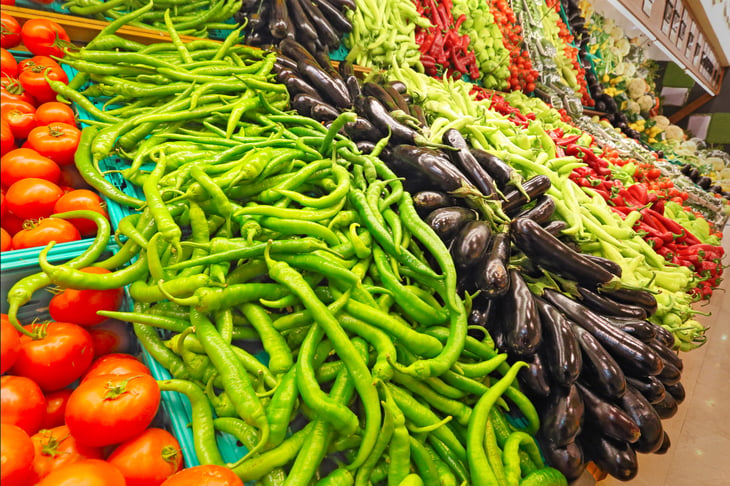
Seasonal produce is generally cheaper than the stuff that’s not currently being grown and harvested where you live.
Those heirloom tomatoes might be attractive, but like apples and berries, they’re not grown by a local farmer year-round.
9. Pick Ripe Produce
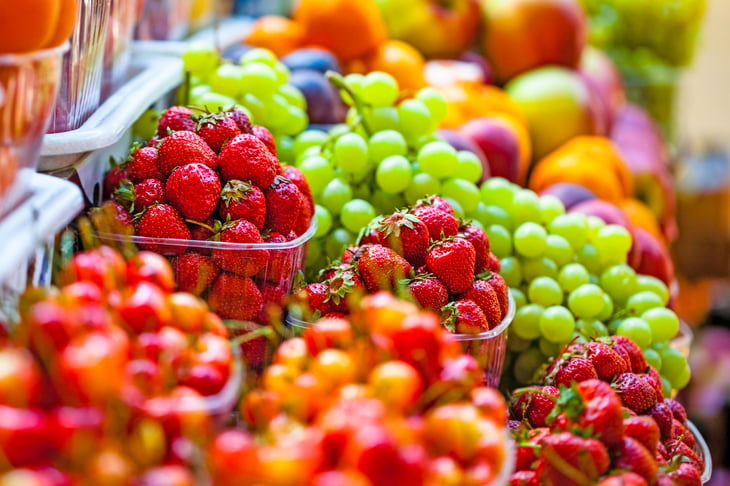
If you’re unsure how to tell if an avocado, pineapple or melon is in the right shape to take home, these guidelines to picking out perfectly ripe produce have got you covered.
No one wants to bring home fresh produce only to discover it’s rotten a couple of days later.
Speaking of picking produce, head to the local farm instead of your local store. A U-pick farm locator shows how many farms near you allow picking your own fruits like apples and berries.
10. Embrace Ugly Produce
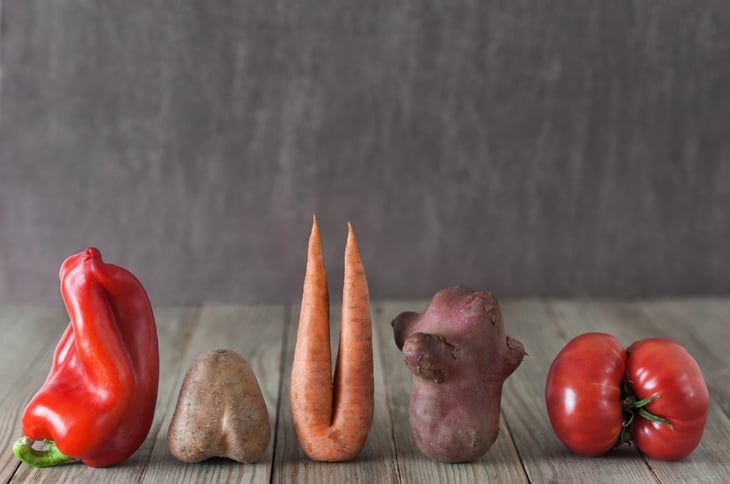
While you’re being picky about your produce, know that “ugly” or imperfect-looking fruits and vegetables aren’t necessarily bad — and they can often save you money.
Stores and subscription services alike sell misshapen and blemished produce at discount prices. And if you’re chopping up carrots for a salad or using tomatoes for a stew, who cares what they originally looked like?
11. Buy Frozen Produce
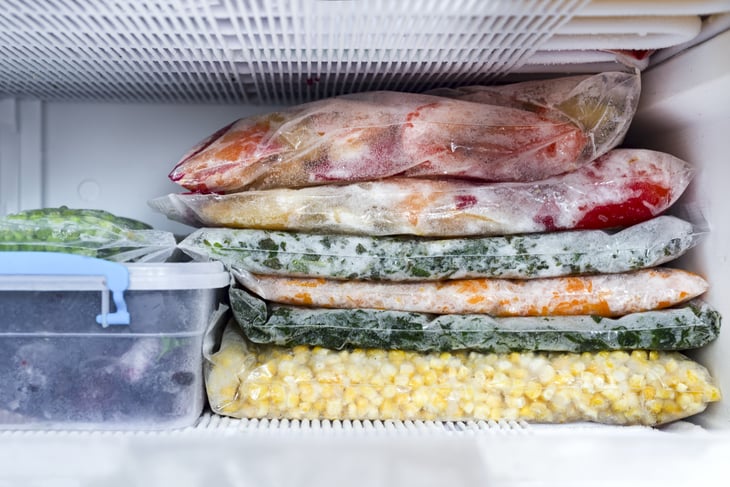
All the tips above are about choosing fresh produce, but that doesn’t mean frozen fruits and vegetables are subpar.
In fact, buying frozen produce gives you the same nutritional benefits and it’s a great money-saving strategy because there’s less chance it’ll go bad.
12. Store Fresh Fruits and Vegetables Properly

Food waste is wasted money. That’s why it’s important to consume all your produce before you have to toss it.
Educate yourself on how long your fresh produce will last and how to store your fruits and vegetables so they stay fresh longer.
13. Eat the Parts Others Toss

Instead of trashing things like tomato vines, carrot tops, banana peels or potato skins, learn how to use the parts of produce you often throw away.
Some foods like salad greens are used only for their leaves, but you can save the stalks as nutritious additions to specific recipes like fruit smoothies.
14. Find Recipes for Overripe Fresh Produce

Don’t give up on overripe produce either.
Give bananas, avocados, spinach, peaches and pears a second life when they’re past their prime by turning them into smoothies, sauces, jams, salad dressings, casseroles and more.
15. Preserve Extra Fruits and Veggies

If you’ve got more produce than you can eat before it rots, preserve what’s left by canning, pickling or freezing your fruits and vegetables.
You can enjoy them months later and they’ll still taste delicious.
How to Spend Less on Fresh Produce
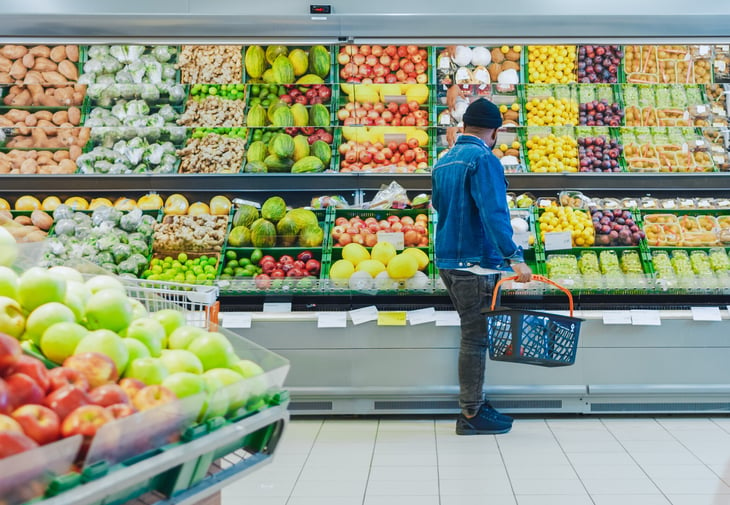
Maybe you’re careful to buy only what you’ll eat during your weekly trip to the grocery store.
Perhaps grabbing the heaviest bag of apples at the warehouse is the secret to saving money on fresh produce for your family.
Either way, finding a good deal on fruits and vegetables doesn’t have to involve extreme couponing or hopping from one store to another.
Use these great tips to find wiggle room in your grocery budget and enjoy that well-stocked fridge and pantry.





Add a Comment
Our Policy: We welcome relevant and respectful comments in order to foster healthy and informative discussions. All other comments may be removed. Comments with links are automatically held for moderation.